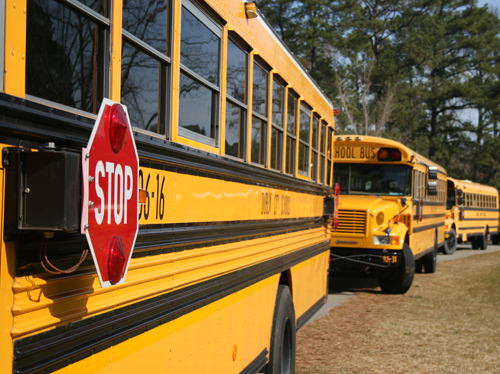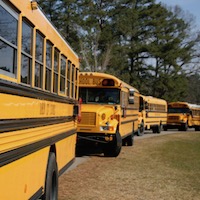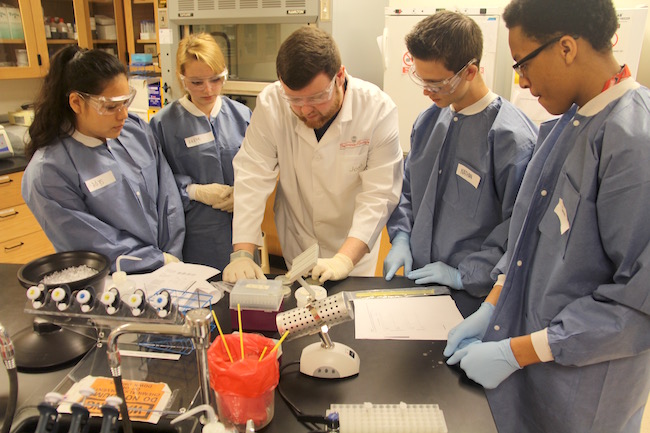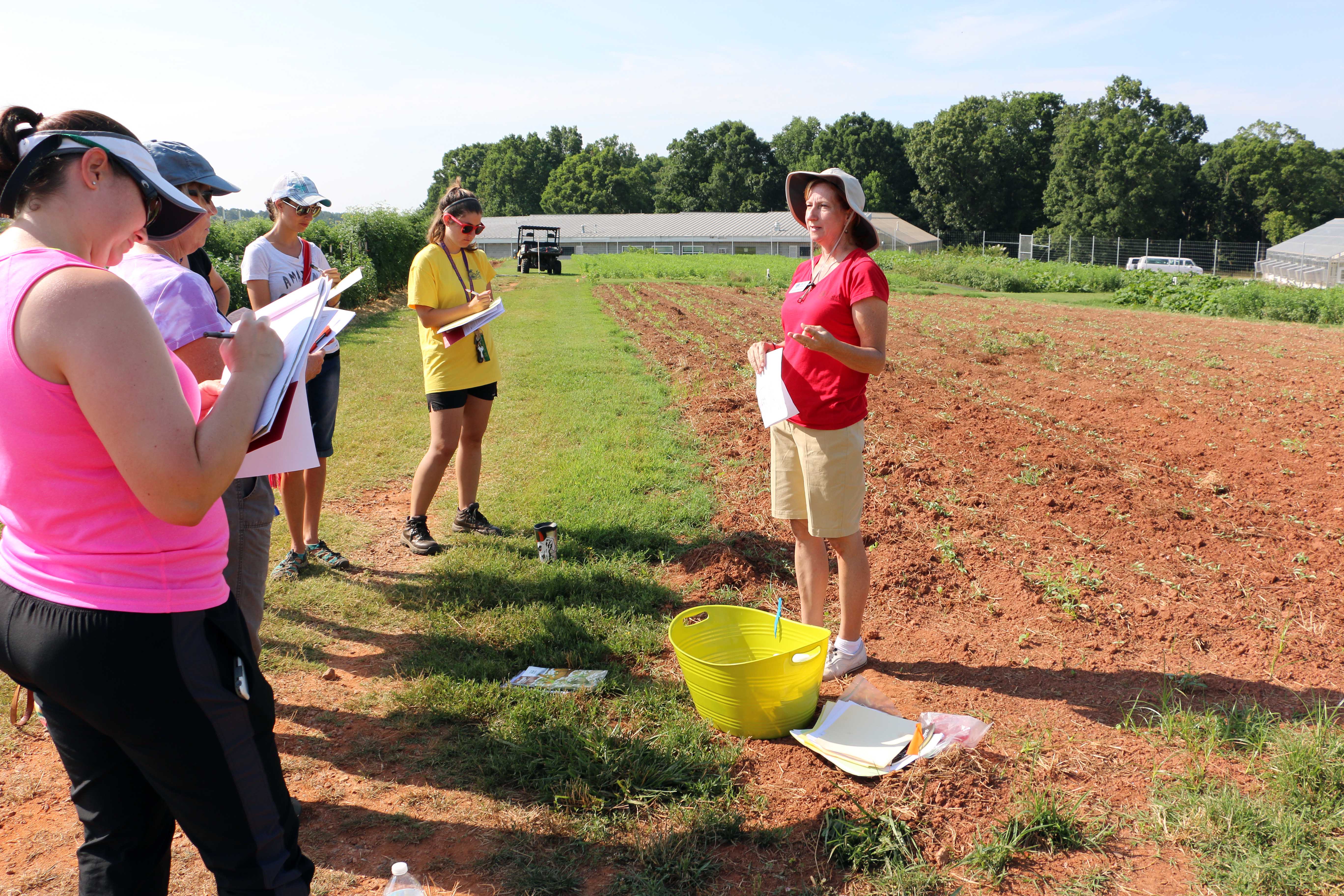The sign in front of Fulton Science Academy Middle School is clear: “No Idling. Little lungs at work.”
As cars line up to drop children off at the Alpharetta, Ga., school, the rule is strictly enforced. Monitors walk along the carpool line and tap on windows to remind drivers to turn off their engines.
Dispelling the myth
“You can sit and idle in a carpool line for 30 minutes,” said Sharon Gibson, a University of Georgia Cooperative Extension specialist and director of the Children, Youth and Families at Risk – Sustainable Communities Project. “There is a myth out there that it’s cheaper to keep your car running and it’s better for your car. It’s a total myth.”
According to the U.S. Environmental Protection Agency, idling uses more gas than turning your engine off and restarting it. “Idling your car for 30 minutes in a carpool line causes more wear-and-tear on your engine that driving the same amount of time at low speed,” Gibson said.
Saves money and the environment
There are even bigger savings when it comes to school buses. The EPA warns that idling buses increase air pollution, cause wear-and-tear in bus engines and waste gas and money.
“A line of idling school buses doesn’t just pollute the air around the buses,” said Pamela Turner, a UGA Extension housing specialist. “They also pollute the air in the bus and can emit particulates that can enter the school, reducing the air quality inside, too.”
Asthmatic children suffer most
According to Gibson and Turner, pollution from idling buses is particularly problematic for children with chronic respiratory problems like asthma.
“Diesel exhaust has particulate matter that can cause health risks,” Turner said. “Thousands of them can fit on the period at the end of this sentence. They easily pass through the nose and cause real problems for children.”
Most at risk, they said, are those who have existing heart, lung or respiratory problems. The particulates are most dangerous to children and the elderly.
Polluted air drifts into schools
“And, where do we idle?” Gibson asked. “In front of schools.”
The particles can even contribute to creating more haze. “Idling buses aren’t just a health risk, they’re an environmental risk and can cause long-term damage,” she said.
Schools can take simple steps to reduce risks and save money.
“Today’s bus engines don’t need to be warmed up for long periods of time,” Turner said. “They should be warmed for less than five minutes.”
Idling wastes fuel
According to an idling calculator on the EPA website, reducing idling to just 10 minutes a year saves 300 gallons of gas. Turner estimates reducing the warm-up time for just 20 buses will save more than $1,200 per year.
Changing policies isn’t easy, Gibson said. But, she offers these suggestions to get the discussion going at local schools.
Look at the EPA’s National Idle-Reduction Campaign website and learn the facts. “Once people know the facts, they can start a movement in the community or the school’s parent organizations to show the risks and benefits if the practices are changed,” she said.
Take the 'walking bus'
Start a “walking school bus” in your neighborhood. “If your neighborhood has adequate sidewalks to the school, a walking school bus is an excellent idea,” Gibson said.
The idea is to arrange a group of parents who walk to school and pick children up along the route. “The kids are escorted to school safely by adults,” she said. “They benefit from the exercise, no fuel is used and no emissions are put into the air.”
Gibson also said this concept builds community among parents and children.
Some parents say they choose carpooling over buses because they are concerned about bus safety or enjoy the extra time with their children. “They get both of those benefits in the walking bus, too,” she said.
Make these changes
American school buses travel more than 4 billion miles a year. While EPA agrees that school buses are the safest way to transport children to and from school, the agency offers these suggestions to school systems to reduce the impact of buses on the environment:
- Use cleaner fuels.
- Upgrade bus engines to reduce emissions.
- Replace older buses with less polluting buses.
“It takes individual, family and community action to change these practices,” Gibson said. “Each person taking baby steps will add up. If every parent waiting in line to pick up their children turns their car off, it helps.”
For more information on EPA’s National Idle-Reduction Campaign, visit their website at http://epa.gov/cleanschoolbus/antiidling.htm .
To calculate the savings from not idling, check out the calculator at www.epa.gov/cleanschoolbus/idle_fuel_calc.htm .






